Updated: 4/27/2024
Black mold, scientifically known as Stachybotrys chartarum, is a type of fungus that grows in moist, damp environments and is often associated with severe health risks.
This article provides an in-depth look at black mold, including its characteristics, health implications, and removal strategies. Understanding these aspects can help homeowners and residents identify and address black mold issues effectively to maintain a healthy living environment.
| Topic | Key Points |
|---|---|
| Identification | How to recognize black mold |
| Health Risks | Potential health effects |
| Removal Strategies | Professional and DIY removal methods |
Recognizing and addressing black mold promptly can prevent health problems and structural damage to your home.
Identification of Black Mold
Identifying black mold is crucial in tackling its growth early on. Here’s what you should know about recognizing this harmful fungus:
- Appearance: Black mold is usually dark green or black and can appear slimy if there’s moisture present. When it dries, it might look powdery.
- Location: It typically grows in areas with persistent moisture, such as bathrooms, kitchens, and basements, particularly on materials like drywall, carpet, or insulation.
- Odor: A musty, earthy smell often accompanies areas infested with black mold.
- Check areas prone to moisture after incidents of water damage.
- Regular inspections in hidden areas like under sinks or behind wallpaper can prevent unnoticed mold growth.
Understanding these signs can help in early detection, which is crucial for effective remediation.
Did You Know?
Mold remediation can cost $15,000 to $30,000 for an entire house, so insurance companies take several measures to reduce their risk. One of them is cutting how much they’ll pay for mold damage, even if it is caused by a covered peril. Typically, insurance policies have a maximum limit of $1,000 to $10,000.
Health Risks Associated with Black Mold
Exposure to black mold can lead to various health issues, particularly affecting respiratory function. Here are the potential health effects:
- Allergic Reactions: Common symptoms include sneezing, skin irritation, red eyes, and a runny nose.
- Asthma Exacerbation: For people with asthma, black mold can trigger more frequent and severe attacks.
- Toxic Effects: In rare cases, toxic compounds produced by black mold, known as mycotoxins, can cause serious health problems like neurological issues and even lead to death.
- People with compromised immune systems or chronic lung diseases are at higher risk.
- It’s crucial to address mold issues immediately if symptoms of exposure appear.
The health risks underline the importance of effective mold management and remediation strategies.
Removal Strategies for Black Mold
Removing black mold can be challenging, and handling it safely is crucial to prevent spreading spores or exacerbating health issues.
- DIY Approaches: For small areas, DIY removal using soap and water or a mixture of bleach and water may be sufficient. Always wear protective gear, such as gloves and masks.
- Professional Remediation: For larger infestations or mold in hard-to-reach places, professional remediation is recommended. Experts use advanced techniques and equipment to safely and thoroughly remove mold.
Learn more about professional mold removal services and when to hire an expert at RCS’s mold removal page.
Conclusion
Black mold poses serious health risks and structural threats to homes. Recognizing the signs of mold growth, understanding the health implications, and employing proper removal strategies are key to maintaining a safe and healthy environment.
Call to Action
If you suspect black mold in your home or are experiencing health symptoms related to mold exposure, don’t hesitate to contact our 24/7 support team. With decades of experience, RCS offers expert mold remediation services, ensuring your home is safe and mold-free. Serving Sonoma and Marin Counties since 1975, we are committed to your health and safety.

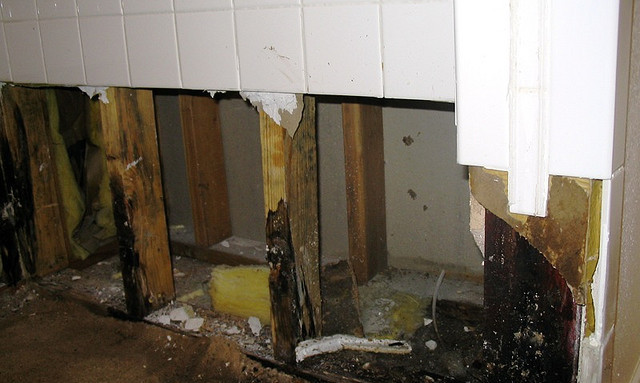
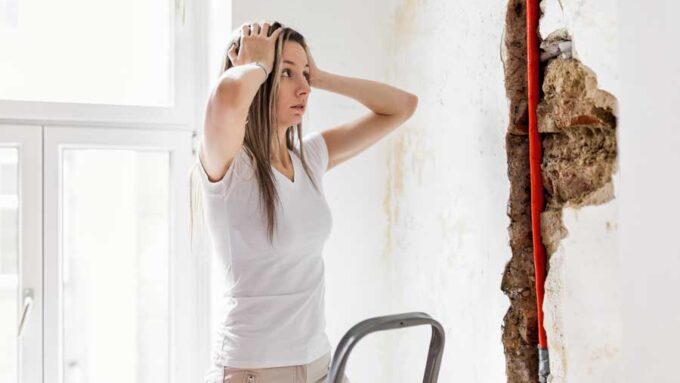
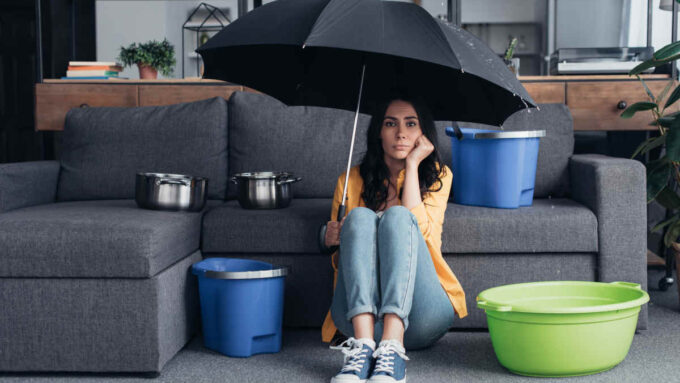

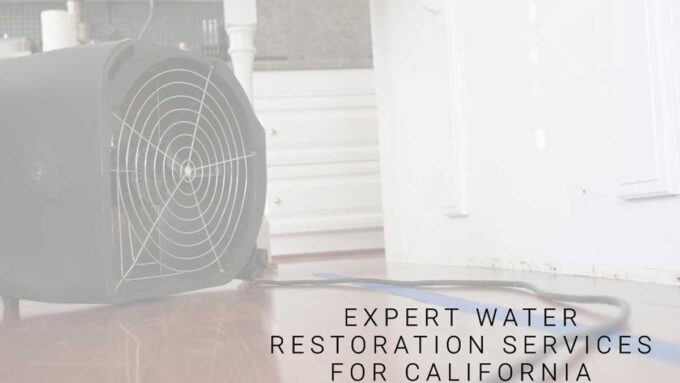
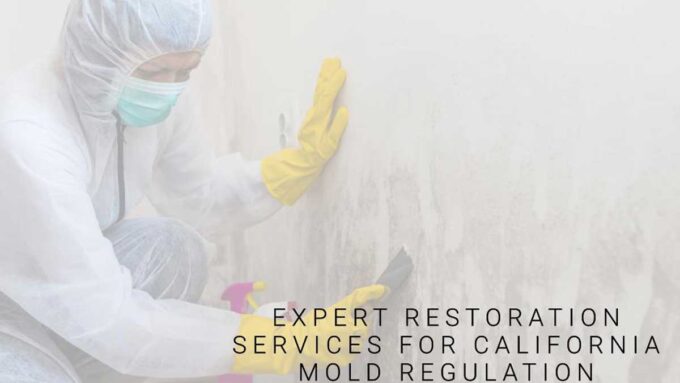

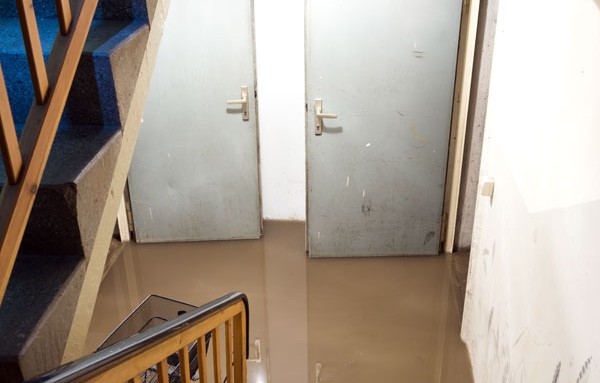
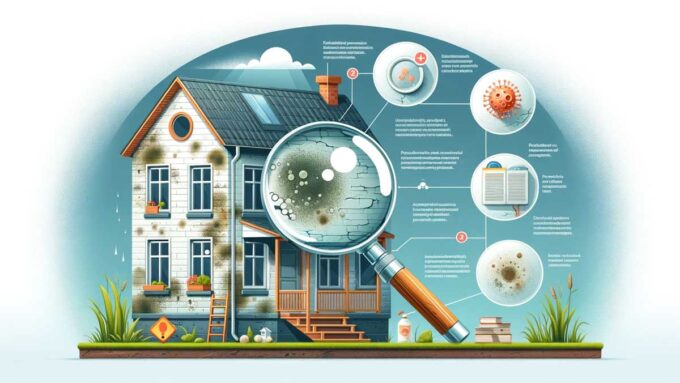

Black mold is some nasty stuff!